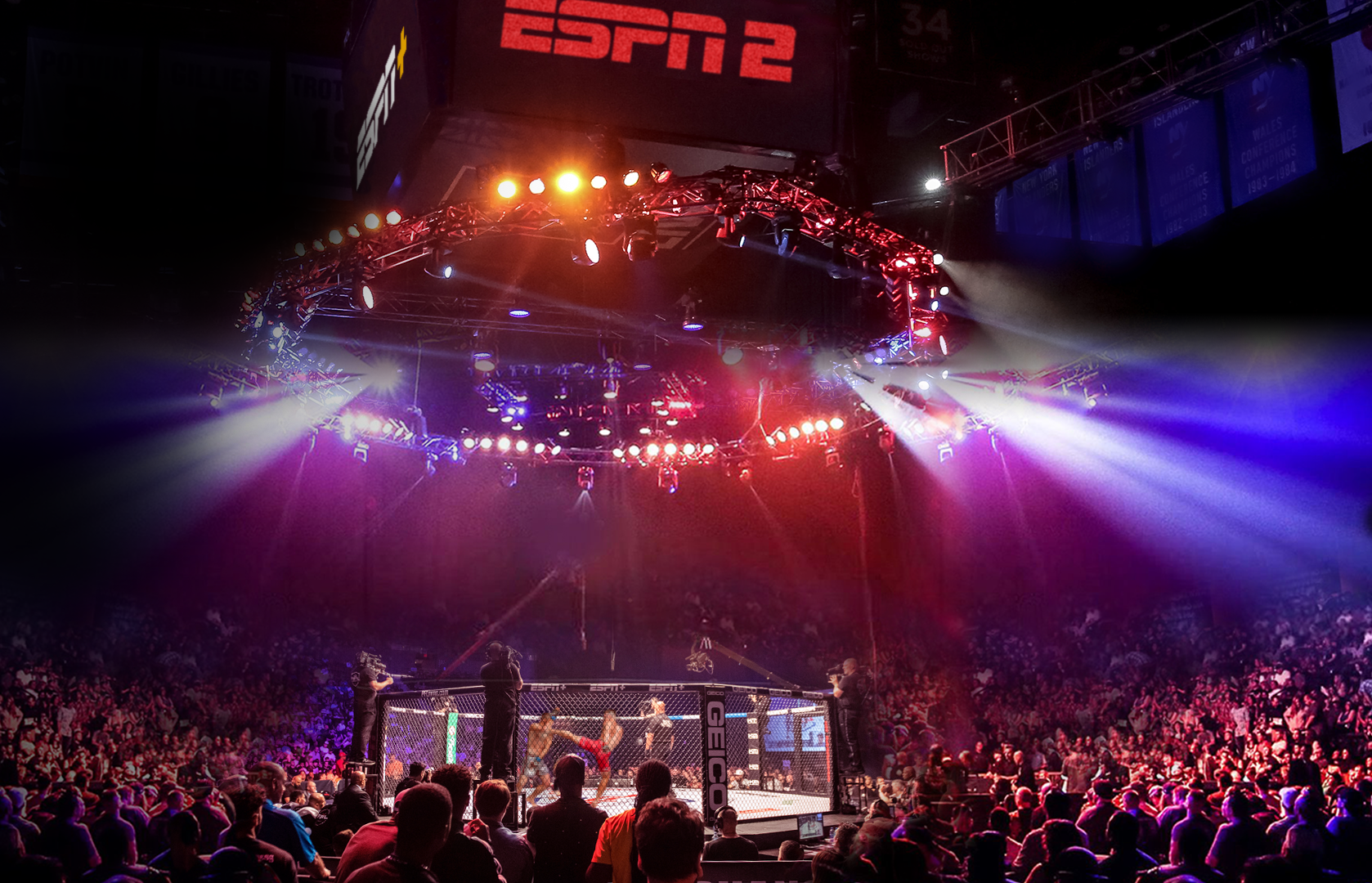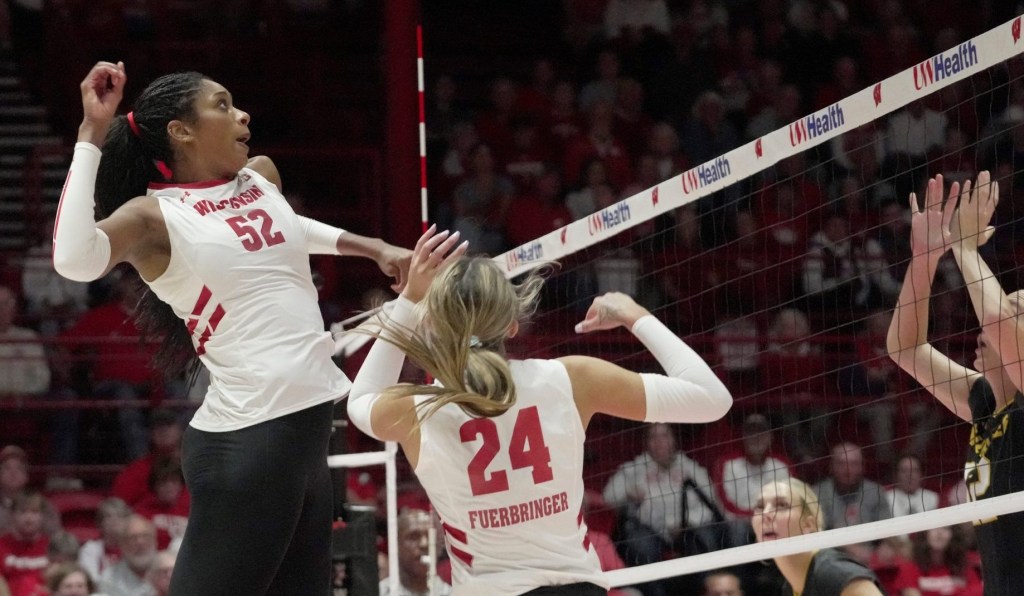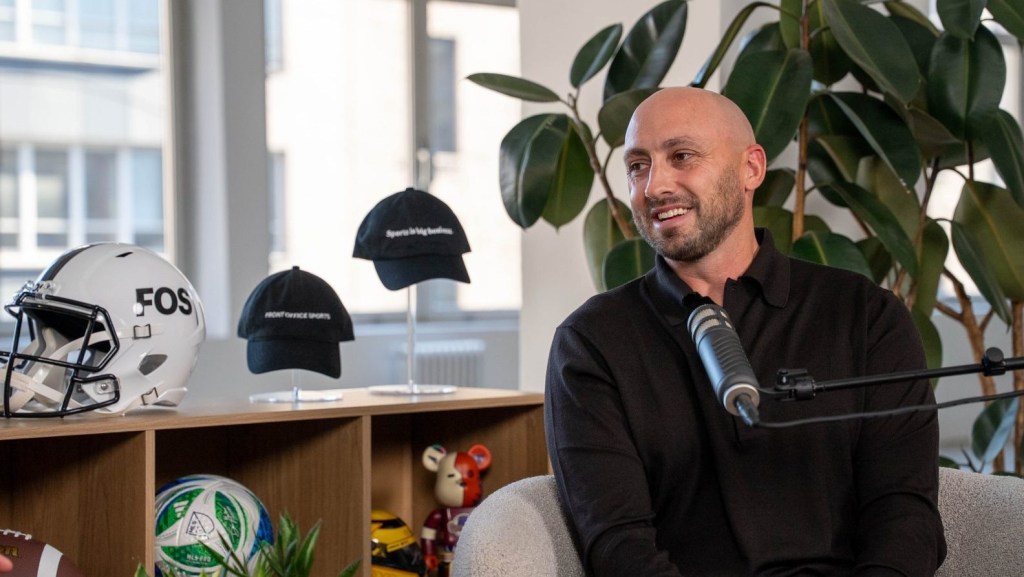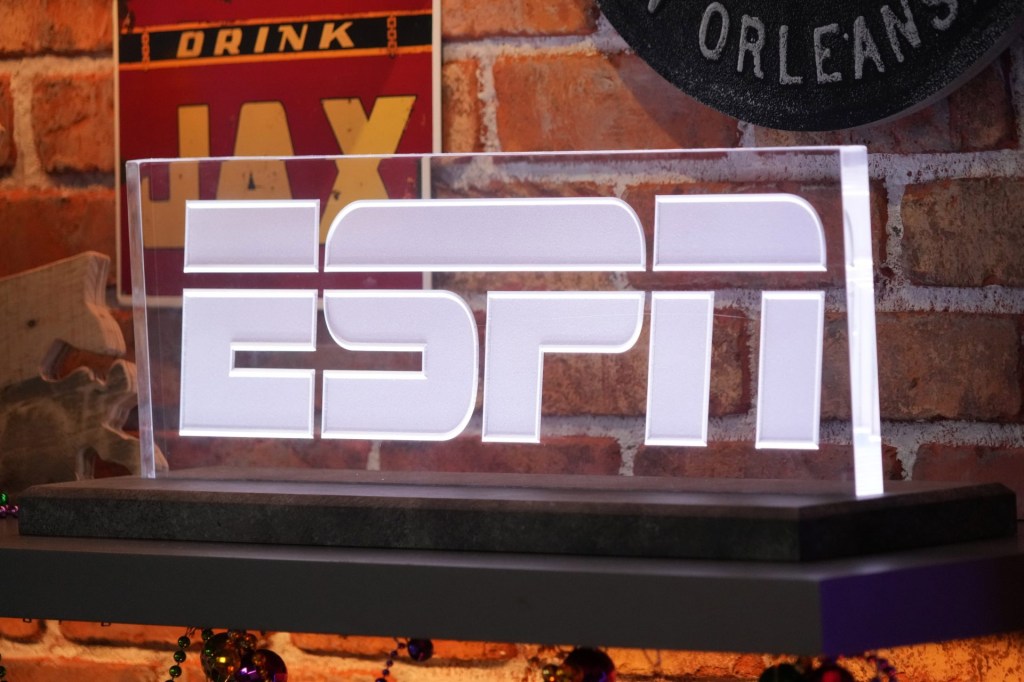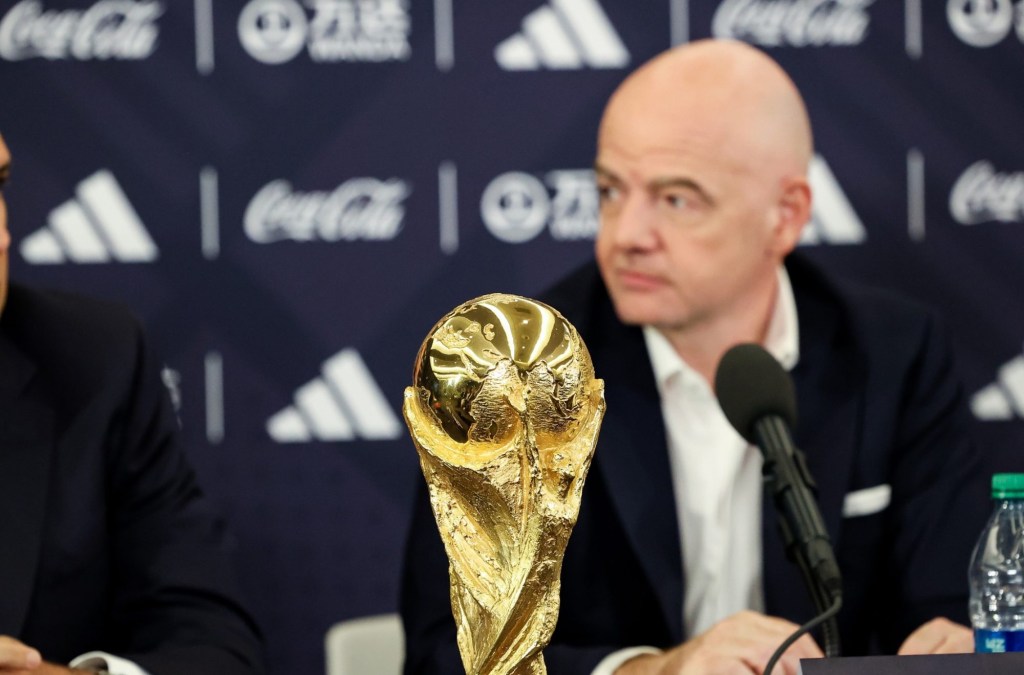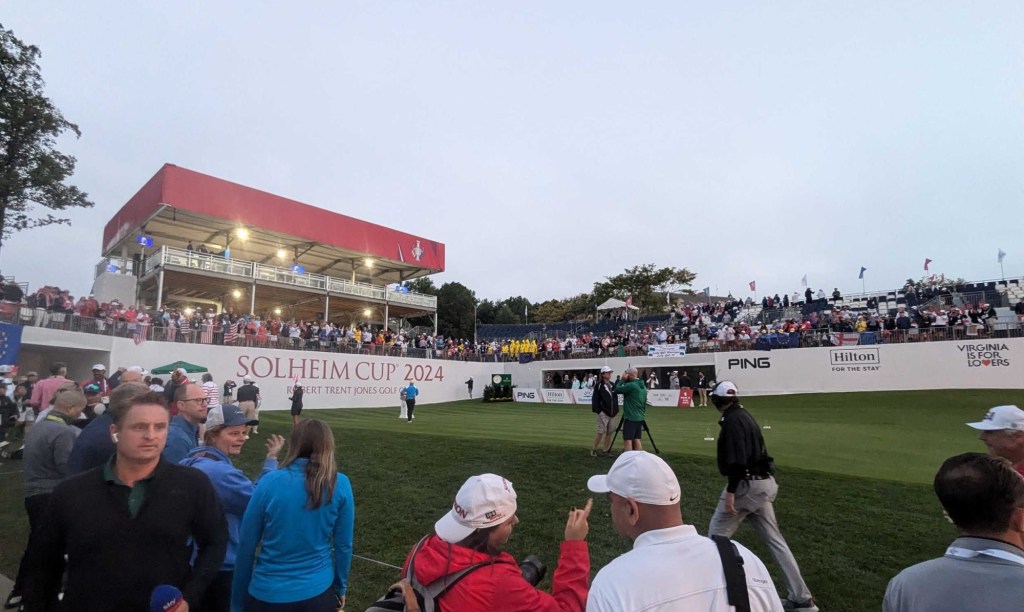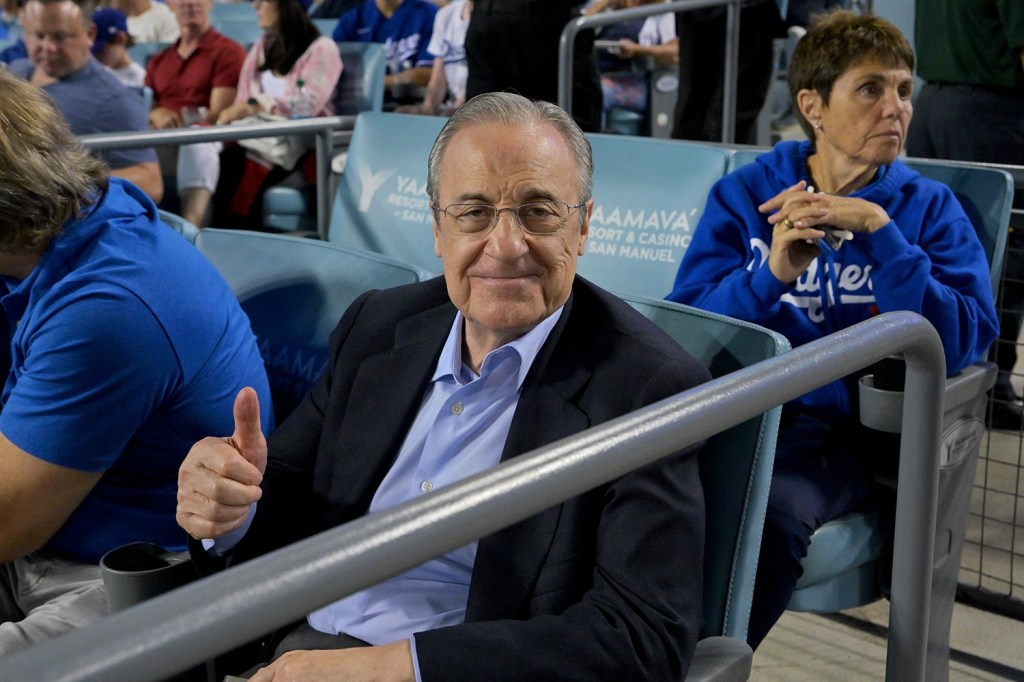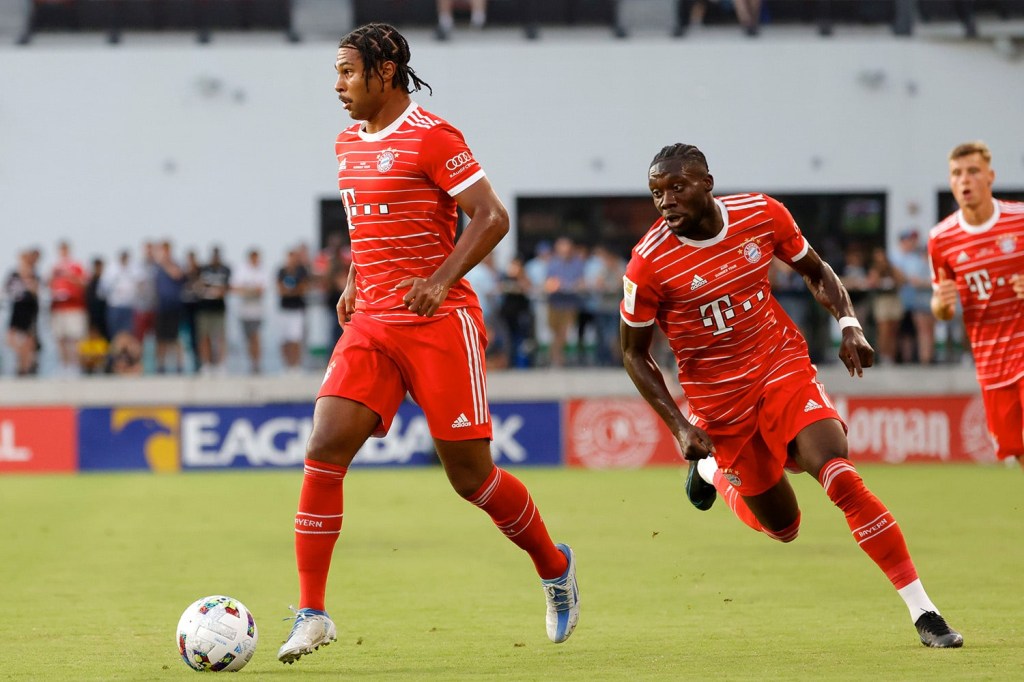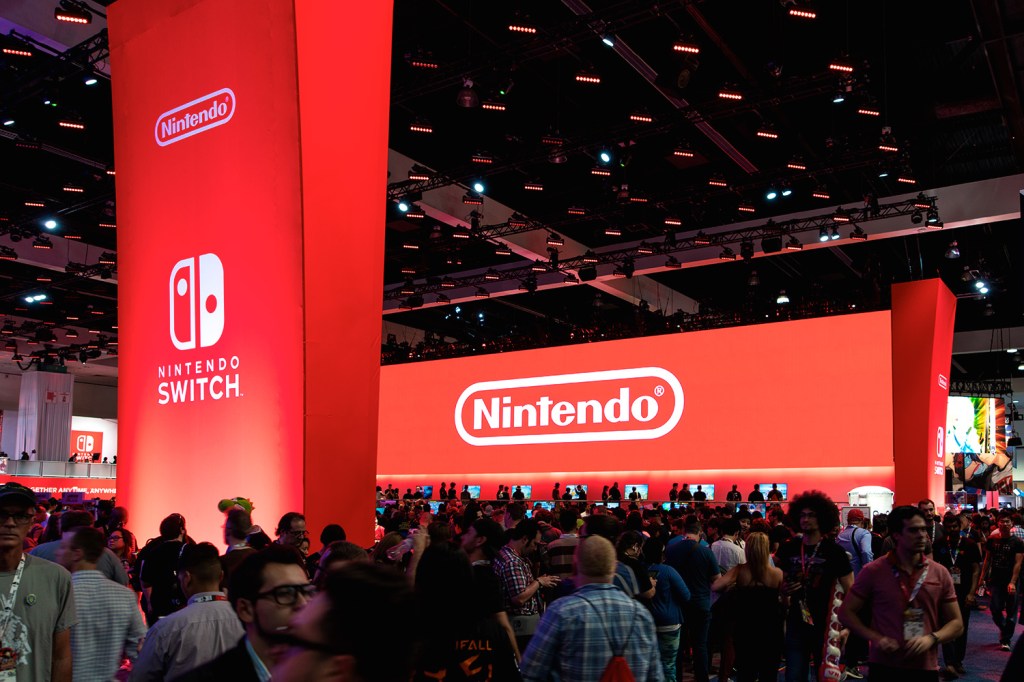
In July 2016, venture capitalist Donn Davis was sitting at his desk reading the press release that announced UFC was being sold for approximately $4 billion to a grounp led by the Hollywood talent agency WME-IMG, now known as Endeavor.
At the time, Davis didn’t consider himself a big mixed martial arts fan. Regardless, there were always a few times a year that he found himself buying a pay-per-view for a fight: “It’s just great theatre,” he said.
But, Davis recalled, as he sat and read the press release, questions about why he hadn’t been a bigger fan of this property came into his mind.
Sure, there were titles at stake when some fighters competed, but what else were they fighting for? What was their progression to that point? Was this the format that allowed the best fighters to continue to bubble up to the surface?
“There are more than 300 million MMA fans around the world, and there were about 40 events a year at the time – compare that to the number of games you’d see in basketball across all levels in a year, including college,” Davis said. “I looked at it, and thought to myself, ‘what if we give those MMA fans a true sport format, with the meritocracy and transparency that exists in every other sport?’ Because right now, it’s really just an entertainment product – and a really good one – but it’s not a sports product.”
That formed the basis of the Professional Fighters League, which debuted in June 2018 as the first organization to present MMA in a format where athletes compete in a regular season, a win-or-go-home postseason and a championship, akin to other major professional North American Sports.
Its first season culminated in a finale on New Year’s Eve at the Theater at Madison Square Garden when each champion in six different weight classes took home $1 million – with more than five million fans globally tuning in to see it. “That was proof the format works,” said Davis, a co-founder of the league and who also serves as its chairman.
Now the PFL, which will host the last round of its playoffs on October 31 ahead of once again hosting its championship on December 31, has aimed to move into another weight class in its second year.
The PFL, which controls all of its content, IP and revenue streams, had raised more than $28 million in August 2018 via investors like television producer Mark Burnett and actor Kevin Hart. In April 2019, it raised $30 million more in a Series C, bringing on new investors like Beats Electronics co-founder Jimmy Iovine, as well as seeing deeper investments from those who already participated in earlier financing rounds like Washington Capitals and Wizards owner Ted Leonsis.
It also signed a deal with ESPN to serve as its media distribution partner for the 2019 and 2020 seasons, guaranteeing it a live primetime spot on Thursday nights, as well as putting it alongside UFC in terms of distribution. ESPN+ serves as its digital partner in the U.S., and it has international distribution to 150 countries.
The PFL has taken an opportunity to lean into the fact that the MMA audience is 50% in the 18-35 demographic – the second youngest in sports besides esports – and lean heavily into technology.
Davis credited the usage of what the PFL calls the “Smart Cage” and “cagenomics,” which allows for the tracking of things like live punch and kick speeds, the monitoring of the fighter’s heart rates and other stats tracking on screen. The league believes that it will not only aid in viewer engagement but also will provide it with new revenue streams as it integrates gaming and sports betting into its platform.
The PFL has also utilized things like super-slow motion, telestrators and even a ref cam, things that are typical in other sports but not always in fighting events.
“If you’re a stick and ball sports fan and you’re new to fighting, it’s things like that that make people say that these MMA athletes are among the greatest athletes in the world, and then watch more,” Davis said.
Fred Schaufeld, an investor in the PFL who is also a partner in Monumental Sports & Entertainment and part-owner of the Wizards and Capitals as well as the Washington Nationals, said that the PFL’s investment in technology, as well as the “certain predictability” about the league-style format, is helping to drive fans to the league.
“In certain sports, there can be more than one winner in terms of a league or a property – I think a scrappy number two can do quite well here,” he said. “There is a clear number one in MMA, but I think some of the fighters that make it to the finish line in the PFL will be as good as anybody in the combat sports landscape, and I think the audience is sensing that.”
The average ESPN audience for the 2019 fights is 200,000, up 33% year-over-year. The property has also drawn upwards of 750,000 viewers internationally for some of its fights this year, being broadcast on networks like TSN in Canada and Claro Sports in Mexico and Latin America.
There is a bigger push to help create a connection between the fans and the fighters, with successful ones appearing more regularly on television than perhaps their counterparts at other MMA organizations.
READ MORE: Why The Washington Post Chose To Cover Esports
“Combat sports fans are looking for powerful storytelling and that plays an important role in how we have featured PFL across ESPN platforms,” said Matt Kenny, ESPN vice president of programming for combat sports. “Our approach to building anticipation is centered around taking fans behind the scenes by shining a light on the fighters’ journey through compelling storytelling – who the fighters are, how they got to where they are, how they train, etc. – to create a personal connection with fans.
For example, last year, ESPN.com’s Myron Medcalf spent time with Kayla Harrison at her gym in Florida to give fans a preview of how the two-time U.S. Olympic Judo gold medalist prepared to headline the debut of the PFL’s women’s lightweight division.
Davis said ensuring that fighters are happy is key to the PFL’s success. While those big-ticket fighters worthy of headlining PPVs and securing multi-million dollar paychecks, as a result, may not see this as a better opportunity, Davis said he believes the PFL’s model is better for 95% of the rest of the fighters in the world, as it gives them an opportunity to make more money, a guaranteed number of fights, and perhaps most importantly, control their own destiny.
“If you ask people in a survey about the stars they follow in MMA, most will name those the aren’t even fighting anymore – Ronda Rousey or Jon Jones, for example. Maybe they’ll say Conner McGregor, who is 0-4 in his last four fights,” said Davis.
“But really what we’ve found is that fans aren’t just looking for that megastar to headline a PPV; they want really great fights week in and week out. Our pitch to the fighters is that every fight matters, so if you lose you’re done for the year, and that leads to unbelievable fights.”
Davis said that the PFL is using the capital it has raised thus far to reinvest back into its product, whether that is into the athletes, the technology, or the content around the PFL.
The PFL is a single-entity league, so it controls all revenues related to its property, such as media, sponsorships, gate and other direct-to-consumer products.
Media rights are currently the biggest driver of the PFL’s revenue. It also currently has sponsorship deals with Geico, AB InBev, Draft Kings, and SeatGeek, among others. It also makes money through ticketing.
READ MORE: Bleacher Report Continues Commerce Push, Adds Pedro Martinez To Its World Tour Clothing Collection
Davis declined to comment on the PFL’s current revenue but said the league sees growth ahead as it broadens its revenue streams, moving into areas like original programming, licensing of products and gaming and gambling. Long terms, it also sees an opportunity to grow international joint-ventures.
“We think we’re doing a lot of things that the 300 million MMA fans around the world would be interested in, and those fans have shown that if there are great fights out there, they don’t care who is producing them – they have an appetite for great fights,” Davis said. “But we also think we’re doing something in this sport in a format that makes it easier for say a basketball fan to watch and follow, as well as giving them storylines and other things that they can get behind.”
